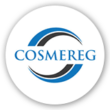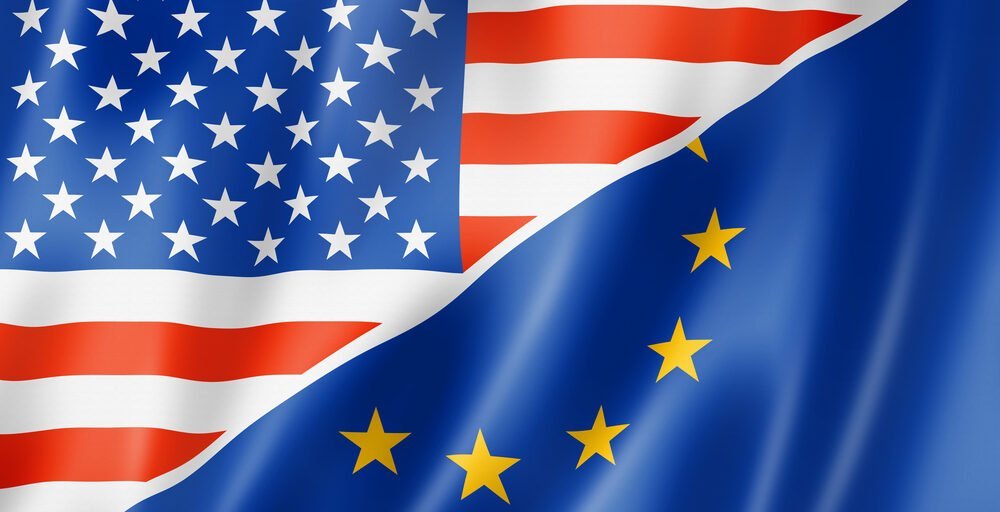A Comprehensive Look at Post-Market Surveillance for Cosmetics in Europe and the USA
Cosmetics have become an essential part of our daily lives, with millions of people around the world using them every day. Cosmetics are used for various purposes, such as enhancing one’s beauty, maintaining personal hygiene, and improving overall well-being. However, the widespread use of cosmetics also means that there is a need for strict regulations and post-market surveillance to ensure their safety and efficacy.
What is Post-Market Surveillance?
Post-marketing surveillance is the process of monitoring and evaluating a product’s safety and efficacy after it has been introduced to the market. In the context of healthcare products, including drugs, medical devices, and vaccines, cosmetics etc. post-marketing surveillance aims to detect and evaluate adverse events and other safety concerns that may arise during the product’s real-world use.
The purpose of post-marketing surveillance is to identify any potential safety concerns that were not identified during clinical trials or other pre-market evaluations. This includes adverse reactions that were not detected during clinical trials, as well as any unexpected interactions with other drugs, medical conditions, or environmental factors.
Post-marketing surveillance is typically carried out by regulatory bodies such as the US Food and Drug Administration (FDA) in the United States or the European Medicines Agency (EMA) in Europe. These bodies collect and analyze data on adverse events reported by healthcare providers, patients, and other sources, and may also conduct their own studies or inspections of manufacturing facilities.
Post-market surveillance is a critical process that helps to identify and monitor any adverse effects that may arise from the use of cosmetics. This process involves monitoring and evaluating the safety of cosmetic products, including their ingredients and packaging, after they have been introduced to the market. This article will examine how post-market surveillance is carried out in Europe and the USA and the regulations that govern this process.
Post-Market Surveillance in Europe
In Europe, the regulation of cosmetic products is governed by the European Union (EU) Cosmetics Regulation 1223/2009. The regulation sets out specific requirements for the safety, efficacy, and labeling of cosmetic products. The regulation also requires that cosmetic products undergo post-market surveillance to ensure their safety and efficacy.
Regulation (EC) No 1223/2009: A Comprehensive Regulatory Framework for Cosmetics in the European Union
Regulation (EC) No 1223/2009 is a regulatory framework for cosmetic products in the European Union. It sets out the requirements for the safety, efficacy, and labeling of cosmetic products, as well as the responsibilities of manufacturers, importers, and distributors.
The regulation requires that cosmetic products be safe for use under normal or reasonably foreseeable conditions of use, and that they be manufactured in compliance with good manufacturing practices. It also establishes a list of prohibited substances and sets maximum limits for certain substances that may be used in cosmetic products.
In addition to safety requirements, the regulation sets out labeling requirements for cosmetic products, including the list of ingredients, product claims, and warnings where necessary. It also requires that cosmetic products undergo a safety assessment before being placed on the market, and that they be registered with a responsible person located in the European Union.
Regulation (EC) No 1223/2009 also establishes a framework for post-market surveillance of cosmetic products. It requires manufacturers to monitor the safety of their products on the market and report any adverse events to regulatory authorities.
Overall, the regulation aims to ensure the safety and efficacy of cosmetic products in the European Union, while also promoting fair competition among manufacturers and protecting consumer interests.
Navigating the Complexities of the European Cosmetics Regulation: Why You Need a Responsible Person
Under the European Cosmetics Regulation EC No 1223/2009, every cosmetic product must be legally represented by a Responsible Person who ensures compliance with all legal requirements. The Responsible Person must be based in the European Union and possess expertise in regulatory and legal affairs, toxicology, chemistry, and pharmaceutical sciences. Importers and distributors can act as the Responsible Person, but most are unwilling due to lack of qualifications, language and communication skills, and the significant time investment required. It is recommended to hire an independent, qualified Responsible Person who can protect the brand against compliance issues, answer questions from National Competent Authorities, manage inspections, stay updated on regulatory developments, handle cosmetovigilance issues, and maintain cosmetic product files.
The Obligations of the EU/UK Responsible Person in Handling Post-Market Surveillance Issues for Cosmetics
The European Union and UK’s Responsible Person is responsible for handling post-market surveillance issues, such as undesirable effects from cosmetics. If a customer experiences any adverse effects, the Responsible Person must take appropriate measures to bring the cosmetic into compliance. If the situation requires it, a withdrawal or recall of the product from the market may be necessary. In cases of serious undesirable effects, the Responsible Person and distributors must notify the competent authorities. Failure to take appropriate measures may result in competent authorities taking the lead. Therefore, choosing a competent Responsible Person is crucial for cosmetics post-market surveillance in Europe.
Post-Market Surveillance in the USA
The U.S. Cosmetics Market: the United States of America is the largest beauty and personal care market with expected revenues of $91 billion in 2023.
Cosmetics are defined by the FDA [FD&C Act, sec. 201(i)] based on their intended use, as products that are applied to the human body for purposes such as cleansing, beautification, altering appearance, or promoting attractiveness. Examples of cosmetics include skin moisturizers, perfumes, lipsticks, eye makeup, facial cosmetics, cleansing shampoos, hair color, deodorants, and substances used as cosmetic components.
In the USA, the regulation of cosmetic products is governed by the Federal Food, Drug, and Cosmetic Act (FD&C Act). The act does not require pre-market approval of cosmetic products by the US Food and Drug Administration (FDA). Instead, it places the responsibility on cosmetic manufacturers to ensure the safety of their products.
The FDA is responsible for regulating the labeling and safety of cosmetic products in the USA. The FDA may take action against cosmetic products that are found to be adulterated or misbranded. Adulterated products are those that contain harmful ingredients, while misbranded products have labeling that is false or misleading.
The FDA has a voluntary reporting system for adverse events related to cosmetic products called the Voluntary Cosmetic Reporting Program (VCRP). The program encourages consumers, health care providers, and manufacturers to report any adverse events related to cosmetic products. The FDA uses this information to identify potential safety issues and take appropriate action to protect consumers.
Impact of the USA Modernization of Cosmetic Regulation Act (MoCRA) on Cosmetic Ingredients, Finished Products, and Regulatory Compliance
The US Cosmetic Regulation undergoes major amendment with the enactment of the Modernization of Cosmetic Regulation Act (MoCRA) on December 29th, 2022, which is anticipated to significantly impact the cosmetic industry and strengthen the authority of the FDA.
The USA Modernization of Cosmetic Regulation Act (MoCRA) has introduced several changes that impact cosmetics ingredients and finished products.
Firstly, an official method to detect asbestos in products containing talc will be published soon, and the use and safety of perfluoroalkyl and polyfluoroalkyl substances (PFAS) in cosmetics will be evaluated.
Secondly, Good Manufacturing Practices (GMPs) specific requirements will have to be published by the FDA within 3 years, and a Responsible Person is now required for each cosmetic product. The Responsible Person must ensure and maintain records supporting the safety of the cosmetic product, receive and take care of adverse reactions, keep and maintain a cosmetovigilance dossier, notify products, ensure allergens are correctly labeled, and organize a market recall when needed/requested by the FDA.
Thirdly, each company and cosmetic product made available on the USA market must be registered from December 29, 2023, through a new portal that will allow the registration of establishments and products.
Fourthly, each establishment that manufactures, processes, or imports cosmetic products distributed in the U.S. must register and maintain a valid registration with FDA, and the Responsible Person must maintain up-to-date product listings with the FDA.
Lastly, additional mandatory labeling requirements include contact details and a website through which the Responsible Person can receive adverse reaction reports, clear and prominent labeling for products intended for use only by licensed professionals, and a list of ingredients including allergens.
Conclusion
The regulations in Europe and the USA require cosmetic manufacturers to ensure the safety of their products and report any adverse events related to their products. The regulations also empower the regulatory bodies in both regions to take appropriate action to protect consumers in case of any safety concerns. The post-market surveillance process is an ongoing process that allows for the continuous monitoring and evaluation of cosmetic products, ensuring their safety and efficacy.



